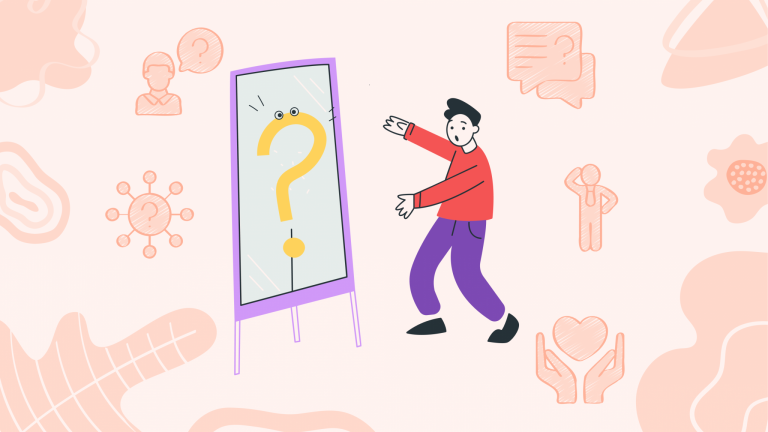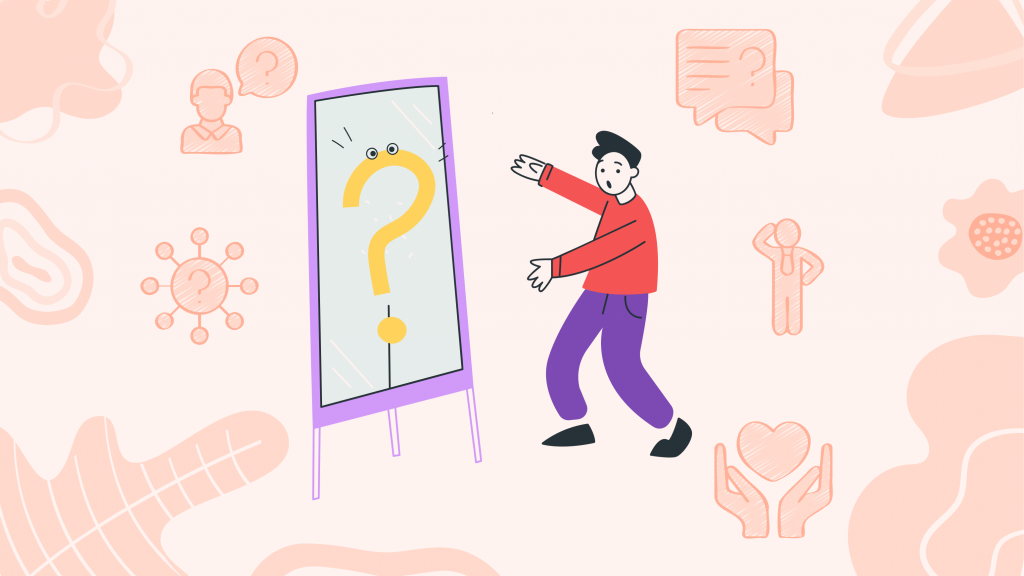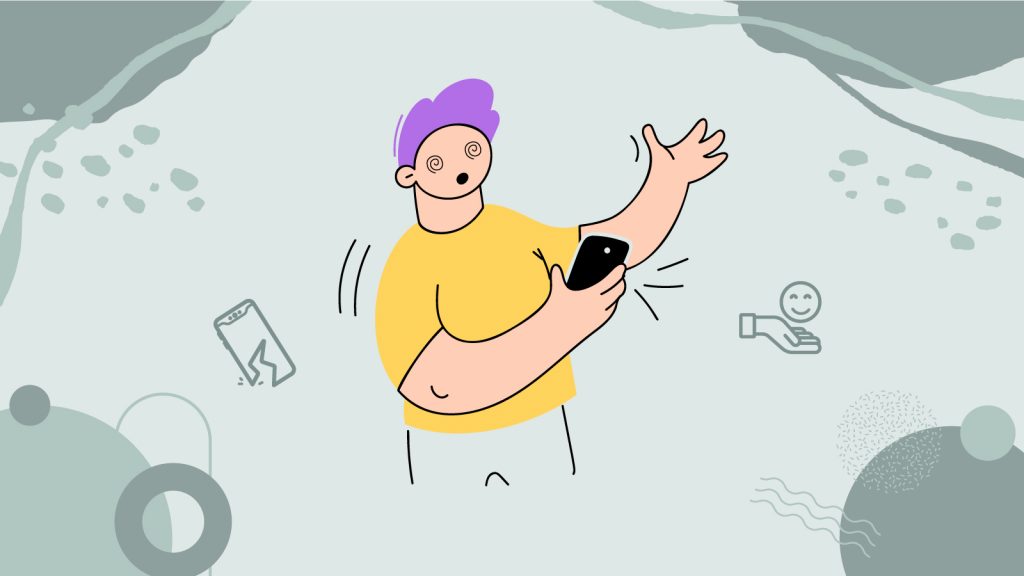Battle of Self-Doubt
Picture this: every morning, you face a mirror not just reflecting your appearance but also mirroring a relentless critic that scrutinizes every decision, every action, and every mistake you’ve ever made. This is the daily reality for countless individuals wrestling with self-doubt. It’s a voice that whispers, “Are you sure you can do this?” every time an opportunity knocks or a challenge arises. This internal battle doesn’t just sap your energy; it steals joy from achievements and shadows accomplishments with endless “what ifs” and “buts”. It transforms life into a minefield where every step forward is questioned, making simple decisions daunting and ambitions seem like distant dreams.
The Science of Self-Confidence
Why does self-doubt cling so stubbornly, shadowing our every move? The answer lies in the intricate dance of our neurological and neurochemical systems. Our brains are wired to prioritize survival, leading us to instinctively focus on negative outcomes as a protective mechanism. This negativity bias ensures that we are alert to potential dangers, but it also means that failures and criticisms often shout louder in our minds than praise or success.
When self-doubt takes hold, it triggers a stress response in the body, releasing cortisol and decreasing dopamine levels. This chemical cocktail not only affects our mood, making us more prone to anxiety and depression, but also impairs our ability to think clearly and make confident decisions. The more we give in to these doubts, the stronger the neural pathways supporting these thought patterns become, making it a self-perpetuating cycle.
Get your Gut Health Starter Guide right now. Elevate your Tuesdays with practical, science-backed wisdom propelling you forward on your gut health journey. Subscribe to newsletter

The Toolkit for Transformation
Breaking free from the grip of self-doubt requires intentional action. Here’s how to start:
- Recognize and Label: Acknowledge the presence of self-doubt. By simply naming it, you diminish its power and begin to separate your identity from these intrusive thoughts.
- Challenge the Critic: Actively dispute the negative thoughts with evidence of your capabilities and achievements. Keep a journal of your successes, no matter how small, to serve as a tangible reminder of your competence.
- Cultivate Self-Compassion: Treat yourself with the kindness and understanding you would offer a friend. Self-compassion is a powerful antidote to the poison of self-doubt.
- Rehearse Success: Visualization techniques can be surprisingly effective. Spend time each day imagining yourself succeeding in various aspects of your life. This practice can help rewire your brain to expect success rather than anticipate failure.
- Build a Supportive Squad: Surround yourself with people who uplift you and believe in your potential. A positive social network can counterbalance the weight of self-doubt.
The Light at the End of the Tunnel
Emily’s journey from the shadows of self-doubt to the light of self-assurance is a testament to the life-changing impact of persistent self-improvement and mental resilience. Once crippled by fear and hesitation, she transformed her life narrative through deliberate, reflective practices and a commitment to personal growth.
Emily reflects on her experience: “Looking back, I can hardly recognize the person I was a year ago. I was my own harshest critic, always second-guessing my abilities and letting fear dictate my choices. It was a lonely place to be, watching opportunities slip through my fingers, feeling powerless. The journey wasn’t easy, but it was worth every step. I started small, acknowledging my achievements and actively countering negative thoughts with evidence of my capabilities. Practicing self-compassion was a game-changer; it helped me treat myself with the same kindness and understanding I’d offer a friend. Visualization exercises each morning not only prepared me for the day’s challenges but also slowly reshaped my self-perception. Building a supportive community was crucial. Surrounding myself with positive, encouraging people made a world of difference. Their belief in me helped silence the doubts and fears that had held me back for so long. Today, I approach life with confidence and a belief in my worth and abilities. The journey from self-doubt to self-assurance has been transformative, not just in how I see myself, but in how I live my life every day.”


















